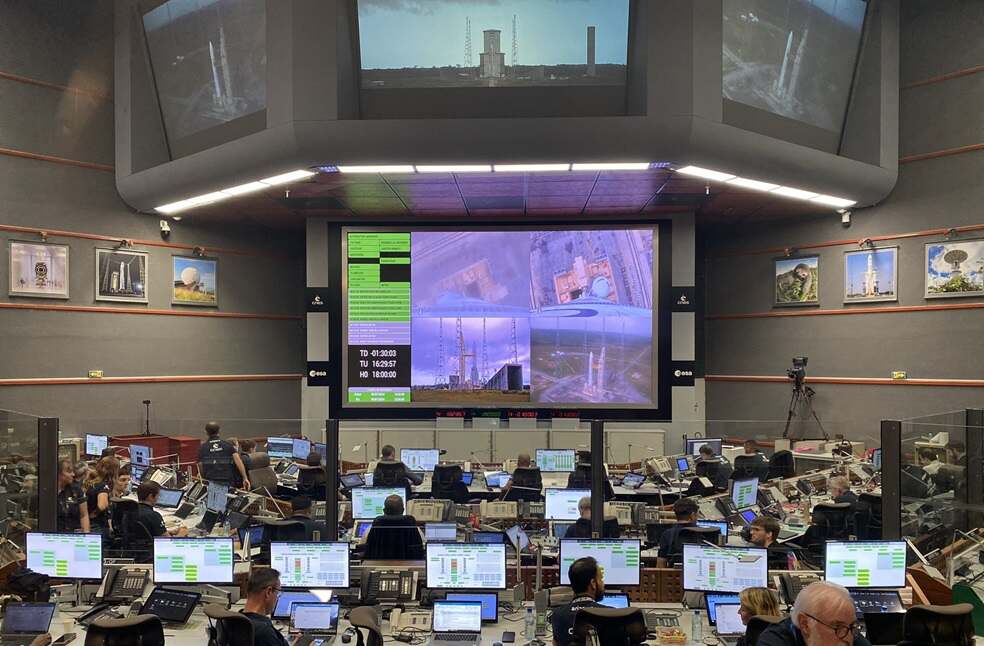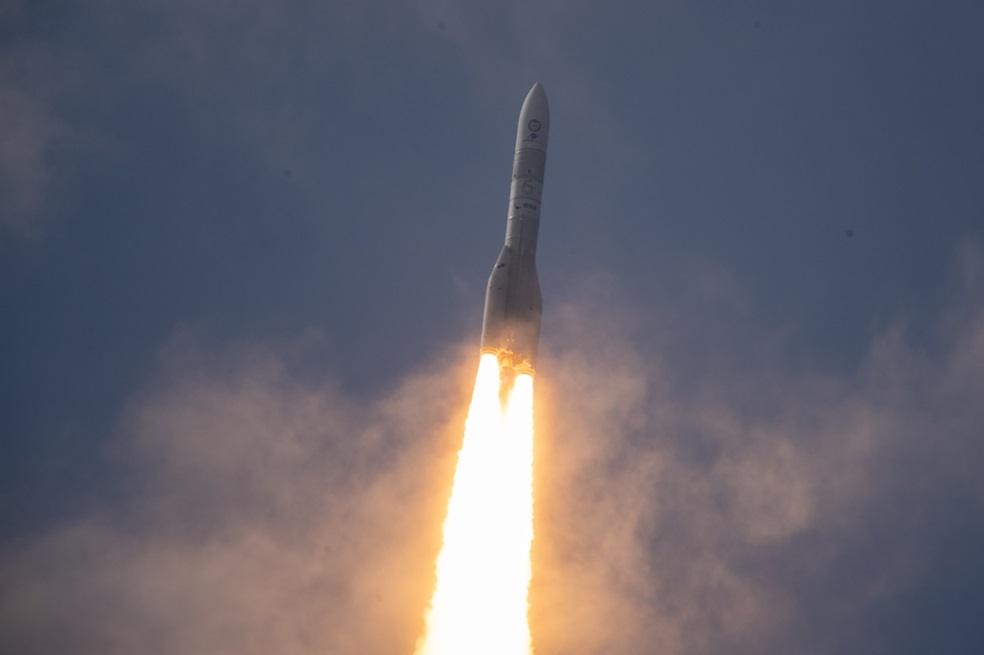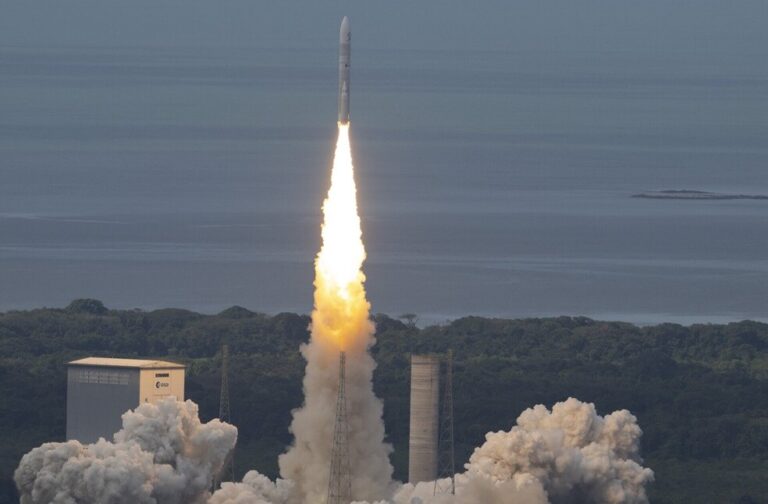French Guinea: Europe’s Ariane 6 rocket has finally launched on its first mission, bringing back the continent’s ability to access space independently after numerous delays, political challenges, and funding debates.
Europe’s newest unmanned rocket, standing 56 meters (184 feet) tall, took off from the French Guiana launchpad on Tuesday at 4 p.m. local time (19:00 GMT), marking the beginning of a nearly three-hour voyage intended to break a year-long break in European launches.
“Propulsion and trajectory are nominal,” the mission’s launch director declared in real-time footage transmitted to the European Space Agency’s headquarters in Paris, where staff members celebrated the launch.

Checks revealed a “small issue” in a data collecting system, delaying the start of the launch window by one hour, but the launch went forward anyhow.
If everything goes according to plan, the initial mission—which is not a commercial flight—will deliver a few satellites and experiments from European organizations, businesses, and universities.
ArianeGroup, a joint venture between Airbus and Safran, developed Ariane 6 at an estimated cost of 4 billion euros ($4.3 billion). However, the original 2020 arrival date has been continuously postponed.

Europe has been without an independent method of launching satellites into orbit since the agency retired its reliable Ariane 5 rocket over a year ago. Additionally, Italy’s Vega-C is grounded and Western ties to Russian Soyuz rockets have been severed due to the conflict in Ukraine.
A new generation of tiny commercial launchers from Europe is still in the early stages of development.
After delays with a smaller Italian option and the breaking of ties with Russia over Ukraine, Europe was left without an independent way to orbit for its satellites when Ariane 6, which was due to launch one year later than planned, was cancelled.
Additionally, without depending on competitors like Elon Musk’s US company SpaceX, Europe has been unable to send satellites or other missions into space.



